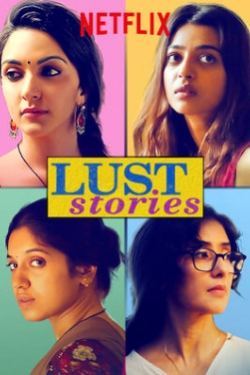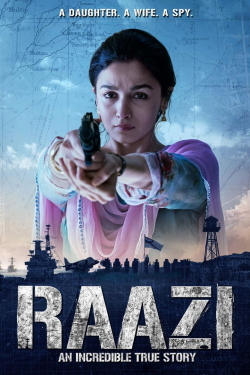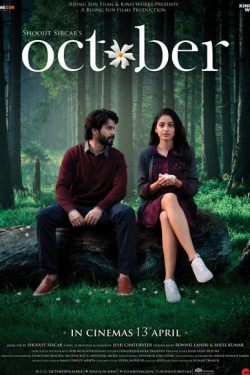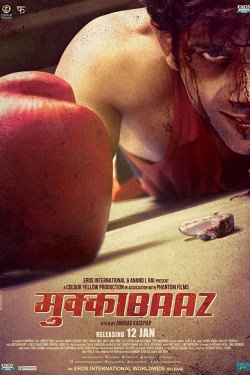Mayank Shekhar
Top Rated Films
Mayank Shekhar's Film Reviews
-
What you may brave through then is a flick neither real or serious enough to be a meditation on global terror, nor sweetly suspended and adequately brain-dead to be Die Hard. It’s hard to be both. The hardship shows.
-
The filmmakers here pay Salman a tribute, by bringing him in as himself. Fans jump at him while he makes a casual chitchat with Katrina Kaif, who gets referred to as herself later in the movie as well. Such is the extreme movie-star ‘fanship’ of the filmmakers themselves that you realise, they’re unlikely to be making much of a film. You aren’t proven wrong.
-
Given the clichéd subject, most importantly, the coolness isn’t fake: something most films pretending to be for or about ‘youth’ don’t quite manage to grasp. You can immediately tell the writer-director (Ayan Mukherjee, a heart-felt debut) has lived though the material. So have the actors. I may not mind living through this again.
-
Completely without context, the filmmakers slip in for us spiels after spiels on Indo-Pak bonhomie, idea of ‘Indianness’ over ‘western culture’, rhetoric on women’s empowerment, cricket’s frenzy, and a dumpling on small town aspirations. You sit and wonder.
-
There’s still nothing to take away from the movement this movie means to Hindi films. Missing it is your own entertainment loss. Given the director’s unfortunate commercial track-record with gems like Maqbool and Omkara, I really hope this time, ‘Vishal overcome!’
-
This is an altogether atmospheric film; the sorts where the sum of sweetly stirred parts and details is so much superior to the whole. How often do we watch a Mumbai movie whose setting alone we can smell from our seats. It’s the cheapest ticket to experience another place. We should feel lucky to have this.
-
Bhansali carefully chose his leading couple from the mom-and-pop store movies in Mumbai get made from. The move made commercial sense. He gives them instead much less scope to prove any skills. Ranbir spends most of his screen-time a self-aware drama-king. Sonam remains forever a dimpled, grinning portrait of awkward reticence that’s passed off for feminine charm.
The picture itself then is merely a post-card, where every passionate aspect draws attention to itself, but the protagonists, or their intimate story.
-
One, a brilliant comedy and comment on the cultural divide and diversity of India. Two, a strong perspective on team and attitude building. Three, a sharp look at the manner in which all largely ‘unsponsored’ sports, besides cricket, is run in this country, where an international sports tournament is more a sarkari tour for its administrators. Four, a soft take on the under-estimated female brawn. Five, a timely point on unfair trials by the media. That’s five goals that I can count on my fingers straight. Not a bad game at all!
-
In journalism, stories, if confirmed, are true; if not, they stay rumours. This movie-fantasy, according to its poster, belongs to a vague genre called “true rumours”. Whatever that means to films, the case of bad journalism is evident in the conclusion. Friendly to the source, the film, having glorified the Mafia thus far, verbally argues for encounters as a way to deal with deadly criminals. You know the juvenile world-view then. And by now, you know the rumour part was actually the hype around this flick.
-
The anticipated result is a wonderfully crafted mall product; much of it goes well with the pop-corn. This is more or less what I felt the posters had promised. They just about meet those expectations. Be extremely wary of the hype though.

























